15 Ng. 100 Đ. Nguyễn Xiển, Thanh Xuân Nam, Thanh Xuân, Hà Nội 100000
Nestled in the tranquil, rolling hills of Xieng Khouang province in Laos lies one of Southeast Asia's most perplexing and captivating archaeological wonders: the Plain of Jars. This extraordinary landscape, dotted with thousands of massive stone jars, has baffled archaeologists and intrigued travelers for centuries. Far more than just an ancient burial ground, the Plain of Jars offers a profound glimpse into a bygone era, whispering tales of ancient civilizations, forgotten rituals, and enduring mysteries.
For those with a thirst for history, culture, and the unexplained, the Plain of Jars is an absolute must-visit. Its recent designation as a UNESCO World Heritage site in 2019 has further cemented its status as a global treasure, drawing increasing numbers of visitors eager to witness its grandeur firsthand. But what exactly are these jars? Who created them? And why? Join us as we embark on a journey to uncover the fascinating story behind the Plain of Jars.
The sheer scale of the Plain of Jars is astounding. Spread across hundreds of square kilometers, primarily clustered around the provincial capital of Phonsavan, these monolithic jars range in size from less than a meter to over three meters in height and can weigh several tons. Carved from sandstone, granite, and conglomerate rock, their sheer number—estimates range from 3,000 to 5,000—and their mysterious placement continue to puzzle experts.
The primary theory, widely accepted by archaeologists, is that the jars were used for ancient burial practices, likely as ossuaries (containers for the bones of the deceased after flesh decomposition) or as vessels for preparing bodies for burial. Excavations have revealed human remains, pottery shards, glass beads, and other funerary objects within and around the jars, lending strong support to this hypothesis.
However, other theories abound, adding to the site's mystique:
Fermentation Theory: Local legends, often shared by the Phuan people, suggest the jars were used to brew enormous quantities of lau hai (rice wine) to celebrate victorious battles. While romantic, this theory is less supported by archaeological evidence.
Water Storage Theory: Some propose they served as rainwater collection vessels for ancient travelers or traders passing through the region, though their often-exposed locations make this less likely for long-term storage.
Food Storage Theory: Another idea is that they were used for storing grains or other foodstuffs, which would have been vital for sustenance in ancient communities.
Regardless of their exact purpose, the construction of these jars represents a monumental undertaking. The stone for the jars was quarried from nearby mountains, some up to 10 kilometers away, suggesting sophisticated engineering, organized labor, and perhaps even early forms of transportation. The precision of their carving, often displaying rimmed edges and sometimes disc-shaped lids (many of which are now lost or broken), further highlights the skill of their creators.
The identity of the people who created the Plain of Jars remains one of its greatest enigmas. Archaeological findings, particularly from carbon dating, suggest the jars were carved and used during the Iron Age, roughly between 500 BCE and 500 CE. This aligns with the wider context of Megalithic cultures found across Southeast Asia, though the specific techniques and scale of the Plain of Jars set it apart.
Early research by French archaeologist Madeleine Colani in the 1930s provided the first systematic study of the jars, leading her to conclude their funerary purpose. Subsequent research, notably by Lao and Japanese archaeologists, has further enriched our understanding.
These Iron Age people were likely part of a sophisticated society, possibly with strong trade links, given the discovery of distant materials. They possessed advanced knowledge of stone carving and an evident belief system centered around death and remembrance. The strategic placement of the jar sites, often on elevated ridges overlooking fertile valleys, suggests a conscious choice related to their beliefs or perhaps even defensive purposes.
While jars are scattered throughout Xieng Khouang, several key sites are accessible to visitors, each offering a unique perspective on this archaeological marvel. These sites have been cleared of unexploded ordnance (UXO), making them safe for exploration.
Located about 15 kilometers southwest of Phonsavan, Site 1 is the most impressive and popular of the jar sites. Here, over 300 jars are scattered across a gently sloping hill, some clustered together, others standing in solitary grandeur. The sheer number and variety of sizes at Site 1 make it a breathtaking spectacle. You'll also find the largest single jar here, often referred to as "The King," measuring over 2.5 meters in height. A small cave, believed to have been an ancient cremation site or possibly a shelter for jar carvers, is also present, adding another layer to the site's historical narrative. The UNESCO visitor center is located here, providing valuable context and information.
Roughly 25 kilometers south of Phonsavan, Site 2 comprises two distinct clusters of jars on adjacent hills, separated by a picturesque valley. The views from these hills are stunning, offering panoramic vistas of the surrounding countryside. While smaller in number than Site 1, the setting of Site 2 is incredibly serene and provides a more intimate experience with the ancient artifacts. The presence of trees growing around some of the jars creates a striking visual contrast.
Located near a traditional Hmong village about 35 kilometers southeast of Phonsavan, Site 3 is notable for its proximity to a river, suggesting its strategic importance for ancient communities. This site features a smaller, but equally fascinating, collection of jars, many of which are partially buried or integrated into the landscape. The journey to Site 3 often involves a pleasant walk through rice paddies and past local villages, offering a glimpse into contemporary rural Lao life.
The serene beauty of the Plain of Jars belies a tragic and violent past. During the Vietnam War, Laos became the most heavily bombed country per capita in history as part of the "Secret War." Xieng Khouang province, strategically located, bore the brunt of this aerial bombardment. This has left a devastating legacy of unexploded ordnance (UXO), particularly cluster bombs, scattered across the landscape.
While the major jar sites have been extensively cleared and are safe for visitors, vast areas of the province remain contaminated. This ongoing threat affects local communities, hindering agricultural development and posing a constant danger. Organizations like MAG (Mines Advisory Group) and HALO Trust are tirelessly working to clear the land, educate communities about UXO risks, and support victims.
Visiting the Plain of Jars is not just an archaeological adventure; it's also an act of solidarity with the resilient people of Laos. The transformation of former bomb craters into ponds and the careful demarcation of safe areas are powerful testaments to their enduring spirit and the hope for a future free from the remnants of war.
You'll notice signs and markers indicating cleared pathways at the jar sites, and it is absolutely crucial to stay on marked paths at all times. Never venture into uncleared areas. This awareness adds a poignant layer to the experience, reminding visitors of the importance of peace and the ongoing efforts to heal a war-torn land.
Visiting the Plain of Jars requires careful planning, but the rewards are immense. Here's what you need to know to make your trip seamless and memorable:
By Air: The easiest way to reach Phonsavan, the gateway to the Plain of Jars, is by flying from Vientiane (the capital of Laos) or Luang Prabang. Lao Airlines operates regular flights, which take approximately 30-45 minutes.
By Bus: For the more adventurous, buses connect Phonsavan to Vientiane (around 10-12 hours) and Luang Prabang (around 7-8 hours). These journeys offer stunning scenery but can be challenging due to winding roads.
By Private Car/Minivan: Private transfers can be arranged from Luang Prabang or Vientiane, offering more comfort and flexibility, though at a higher cost.
Phonsavan offers a range of guesthouses and hotels catering to different budgets. It's advisable to book your accommodation in advance, especially during peak season (November to February).
To explore the jar sites, it's highly recommended to hire a local guide or join an organized tour. This ensures your safety (due to UXO awareness), provides invaluable insights into the history and culture of the region, and supports the local economy.
Golden Trail Travel specializes in crafting immersive and responsible travel experiences across Laos. Their expert guides can lead you on an unforgettable journey to the Plain of Jars, ensuring you explore the sites safely while gaining a deep understanding of their significance. They offer tailored itineraries, comfortable transportation, and insightful commentary, allowing you to fully appreciate this unique destination.
Ready to embark on your adventure? Visit to explore their Laos tour packages and book your Plain of Jars expedition with a trusted and experienced tour operator.
The dry season, from October to April, is generally considered the best time to visit. The weather is cooler and drier, making it more comfortable for exploring the outdoor sites. The wet season (May to September) can bring heavy rains, making roads muddy and sometimes impacting visibility, though the landscape is incredibly lush during this period.
Comfortable walking shoes: You'll be doing a fair amount of walking on uneven terrain.
Sun protection: Hat, sunglasses, and sunscreen are essential, especially during the dry season.
Insect repellent: Particularly during the wet season.
Water and snacks: While there are some vendors at Site 1, it's always good to have your own supplies.
Camera: To capture the breathtaking landscapes and mysterious jars.
Respectful attire: While not strictly enforced at the jar sites, modest clothing is always appreciated when visiting cultural sites in Laos.
While the Plain of Jars is undoubtedly the star attraction, Xieng Khouang province offers much more to discover for the curious traveler.
The old capital of Xieng Khouang, Muang Khoun, was once a thriving center, but it was heavily damaged during the Secret War. Today, it stands as a poignant reminder of the province's resilience. Visitors can explore the ruins of ancient temples, including Wat Pia Wat, with its impressive Buddha statue, and the remains of the old stupa. It offers a fascinating, albeit somber, look into the region's past.
Xieng Khouang is also home to several natural hot springs, offering a relaxing respite after a day of exploration. The landscape is characterized by rolling hills, pine forests, and verdant rice paddies, providing ample opportunities for scenic drives and enjoying the tranquility of rural Laos.
Phonsavan's central market is a vibrant hub where you can experience local life, sample traditional Lao street food, and purchase local handicrafts. Engaging with the friendly Phuan, Hmong, and Khmu communities offers valuable insights into their traditions and daily lives.
Q1: What are the Plain of Jars? A1: The Plain of Jars is an archaeological landscape in Laos featuring thousands of ancient, large stone jars scattered across various sites. They are believed to be part of Iron Age funerary practices, used as ossuaries or for preparing bodies for burial.
Q2: Where is the Plain of Jars located? A2: The Plain of Jars is located in Xieng Khouang province, Laos, with the main gateway city being Phonsavan.
Q3: Is it safe to visit the Plain of Jars due to UXO (unexploded ordnance)? A3: Yes, the primary jar sites (Site 1, 2, and 3) have been extensively cleared of UXO by humanitarian organizations and are safe to visit. It is crucial to always stay on marked paths and never venture into uncleared areas.
Q4: Who built the jars, and when? A4: The identity of the builders is unknown, but they were likely a sophisticated Iron Age civilization that existed between 500 BCE and 500 CE.
Q5: What's the best way to get to the Plain of Jars? A5: The easiest way is to fly to Phonsavan from Vientiane or Luang Prabang. Buses are also available but involve longer journeys.
Q6: Do I need a guide to visit the Plain of Jars? A6: While not strictly mandatory for entry, it is highly recommended to hire a local guide or join an organized tour for safety (UXO awareness), historical insights, and to support the local economy.
Q7: How much time should I allocate for visiting the Plain of Jars? A7: A full day is usually sufficient to visit the main sites (Sites 1, 2, and 3) from Phonsavan. If you wish to explore more of Xieng Khouang province, consider staying for 2-3 days.
Q8: Are there any facilities at the jar sites? A8: Site 1 has a visitor center, restrooms, and some small shops selling drinks and snacks. Sites 2 and 3 have fewer facilities, so it's advisable to bring your own water.
Q9: What other attractions are there near the Plain of Jars? A9: Nearby attractions include Muang Khoun (the ancient capital with temple ruins), local markets in Phonsavan, and natural hot springs.
Q10: Can Golden Trail Travel help me plan my trip to the Plain of Jars? A10: Absolutely! Golden Trail Travel specializes in tours to the Plain of Jars and other destinations in Laos. Visit their website at https://goldentrailtravel.com/ for more information and to book your tour.
"My trip to the Plain of Jars with Golden Trail Travel was truly unforgettable. Our guide was incredibly knowledgeable, explaining the history and theories behind the jars in such a captivating way. They also made sure we were always safe and respected the local culture. Highly recommend!"
— Sarah M., Sydney, Australia
"We booked a private tour to the Plain of Jars through Golden Trail Travel, and it was seamless from start to finish. The transport was comfortable, and our guide's insights into the UXO history added a really important dimension to the visit. It's a truly unique place, and seeing it with such a professional company made all the difference."
— David L., London, UK
"Visiting the Plain of Jars was a highlight of my Laos trip. It's so mysterious and beautiful. Golden Trail Travel organized everything perfectly, and I felt completely safe and well-informed. The historical context they provided was invaluable."
— Chen W., Beijing, China
"The Plain of Jars is unlike anything I've ever seen. It's a powerful experience. Thanks to Golden Trail Travel, our visit was smooth and enriching. Their commitment to responsible tourism is evident, and I appreciate how they integrate local insights into their tours."
— Maria P., Berlin, Germany
"An absolutely fascinating archaeological site. I'm so glad I chose Golden Trail Travel for my tour. Their guides are top-notch, and their itineraries are well-paced, allowing you to truly soak in the atmosphere. Don't miss this!"
— James K., Vancouver, Canada
The Plain of Jars stands as a powerful testament to the ingenuity and enduring mystery of ancient civilizations. It's a place where history intertwines with legend, and the echoes of a distant past resonate deeply with the present. Beyond its archaeological significance, it also serves as a poignant reminder of Laos's recent history and the incredible resilience of its people.
A visit to the Plain of Jars is more than just a sightseeing trip; it's an immersive journey into the heart of a truly unique cultural and historical landscape. It challenges your perceptions, sparks your imagination, and leaves an indelible mark on your memory.
Ready to uncover the secrets of the Plain of Jars for yourself? Let Golden Trail Travel be your trusted partner in crafting an unforgettable adventure to this extraordinary destination. Explore their comprehensive Laos tour packages and book your Plain of Jars experience today at . Your journey into the enigmatic past awaits!
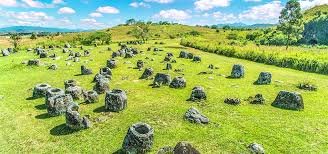
.jpg)
That era is over. The rise of the electric bicycle has fundamentally redefined travel here. E-Bike Vietnam Cycling Holidays offer a revolutionary path, making the country’s most challenging and breathtaking routes, such as the legendary Ha Giang Loop and the Ho Chi Minh Trail, fully accessible to riders of all fitness levels. The E-Bike transforms the journey from a feat of pure endurance into an immersive cultural and scenic delight, allowing you to achieve a profound feeling of conquest while channeling your energy into savoring the profound closeness to nature and the genuine warmth of the local communities.
October 06, 2025
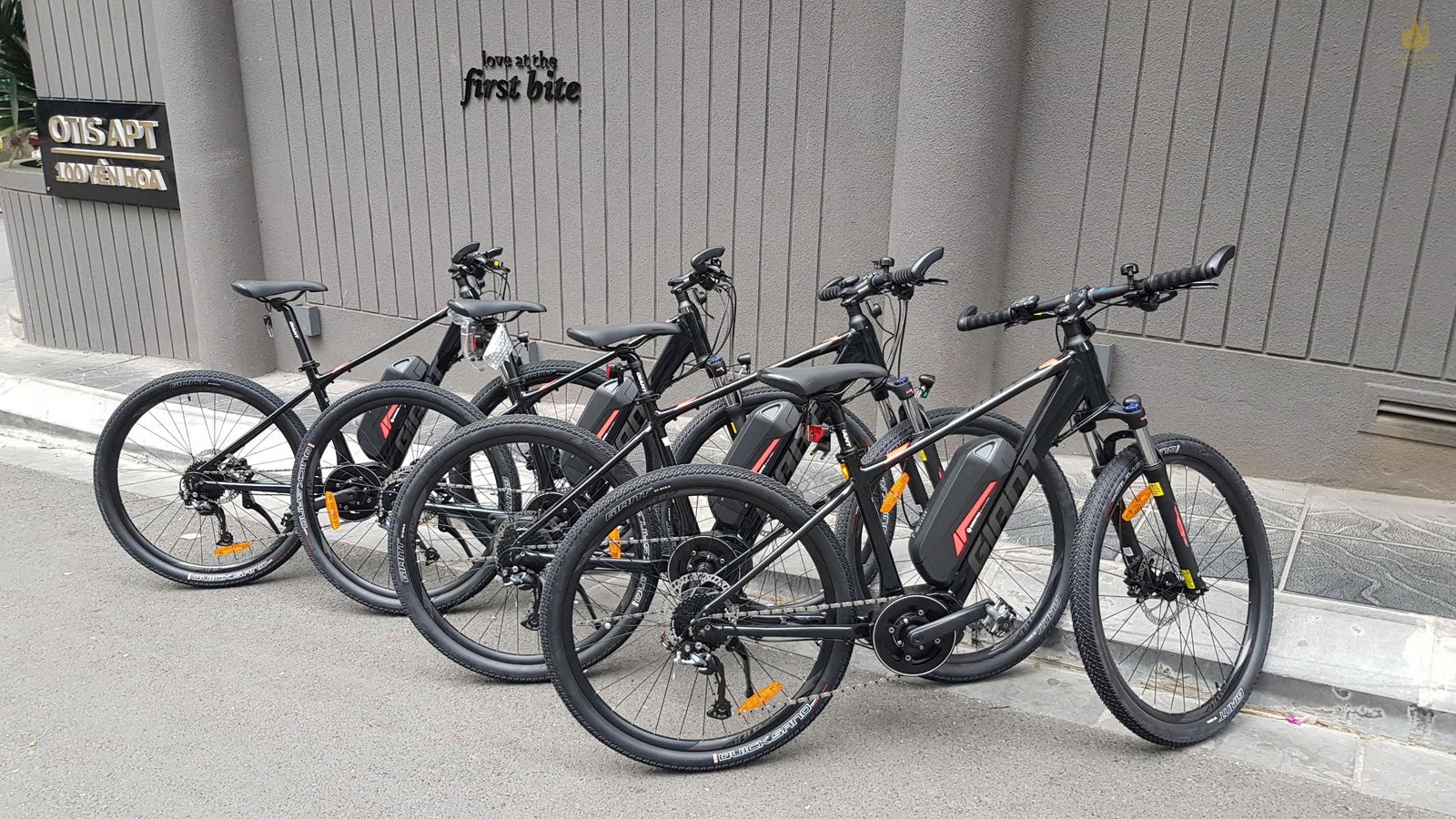
Vietnam, a country famed for its spectacular mountain passes, lush rice terraces, and complex network of historic trails, has long been a dream destination for cyclists. Yet, its challenging geography—characterized by scorching heat, punishing humidity, and immense vertical climbs—often reserves the most breathtaking routes for only the fittest elite. This barrier has now been shattered. The advent of E-Bikes Cycling Vietnam has democratized the adventure, making the country’s most remote and beautiful landscapes accessible to riders of all ages and fitness levels.
October 06, 2025
.jpg)
For the dedicated gravel cyclist, Southeast Asia represents the pinnacle of mixed-terrain exploration. While individual countries offer stunning challenges, the true masterpiece lies in combining them. The cross-border adventure spanning Gravel bike riding in Vietnam and Laos is an unparalleled journey, seamlessly blending the soaring karst mountains of Northern Vietnam with the quiet, forested plateaus and historical trails of Laos.
October 06, 2025
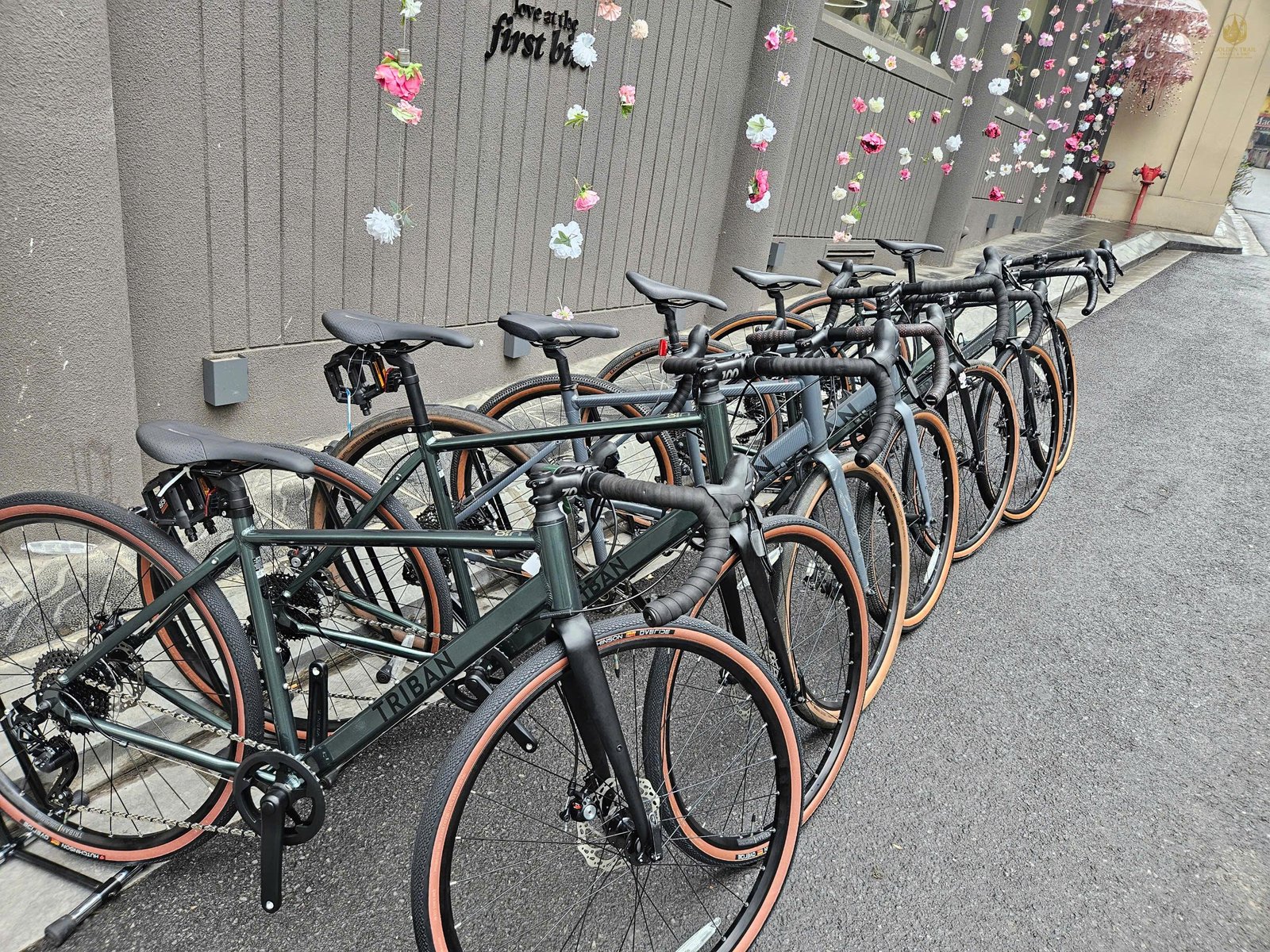
The Ho Chi Minh Trail (HCT)—Đường Trường Sơn in Vietnamese—is more than just a route; it is a legendary tapestry woven from history, endurance, and raw, untamed landscape. While many know the HCT as a symbol of wartime resilience, today it represents the ultimate pilgrimage for the modern adventurer. Forget crowded highways and tourist buses
October 06, 2025

Vietnam is not merely a destination; it is an epic, sensory overload, a land waiting to be discovered inch by inch. While motorbike journeys and bus tours follow the predictable highways, the true soul of this nation—its quiet valleys, timeless hamlets, and untamed mountains—is revealed only to those who dare to take the dirt road.
October 06, 2025

What to Bring on a Vietnam Bike Ride? It is important that the clothing you take on your cycling tour is appropriate for the trip you have chosen. There is a fine balance between taking too much and too little, especially considering that you need to equip yourself for differing levels of physical exertion and also for a range of climatic conditions.
September 09, 2025
.jpg)
Discover the magic of a Vietnam cycling holiday. Explore breathtaking landscapes, immerse yourself in local culture, and embark on an unforgettable adventure through mountains, coastlines, and deltas. Book your dream cycling trip today.
September 05, 2025
.jpg)
Embark on an unforgettable bicycle tour in Vietnam. Explore breathtaking landscapes, immerse yourself in local culture, and experience the ultimate cycling adventure through mountains, coastlines, and deltas. Book your dream bike trip today.
September 05, 2025
.jpg)
Embark on an unforgettable bike tour in Vietnam. Explore breathtaking landscapes, immerse yourself in local culture, and experience the ultimate cycling adventure through mountains, coastlines, and deltas. Book your dream bike trip today.
September 05, 2025
.jpg)
Discover the magic of a Vietnam cycling tour. Explore breathtaking landscapes, immerse yourself in local culture, and embark on an unforgettable adventure through mountains, coastlines, and deltas. Book your dream cycling trip today.
September 05, 2025
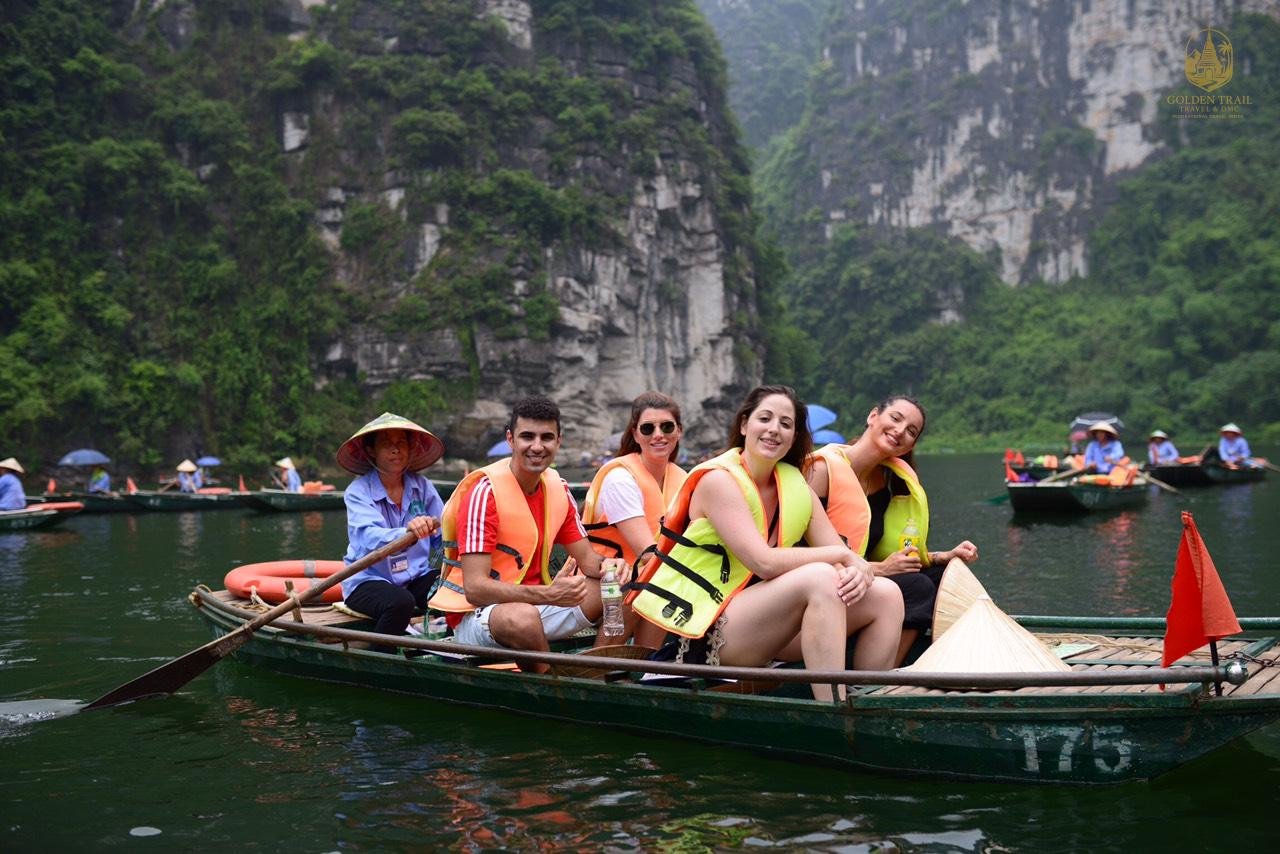
Embark on a serene Ninh Binh boat tour and discover the "Halong Bay on land." Glide through mystical caves and stunning limestone karsts in Tam Coc, Trang An, and Van Long. Book your unforgettable journey with Golden Trail Travel & DMC
August 29, 2025
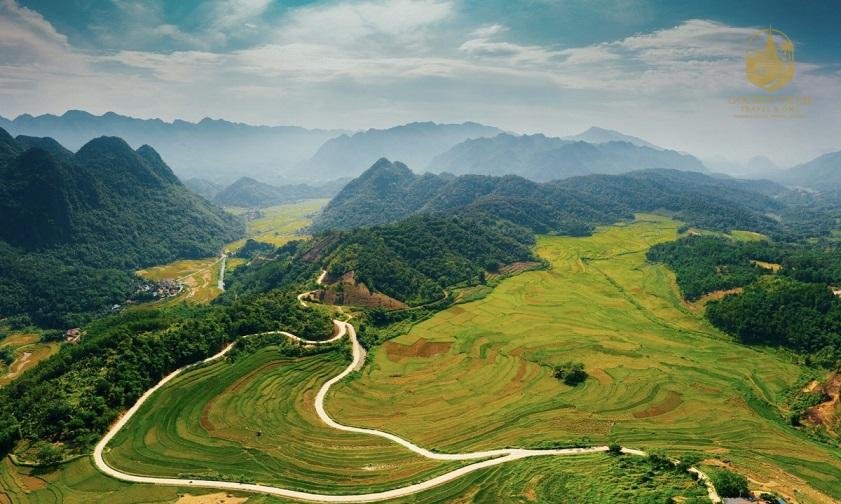
Discover the serene beauty of Pu Luong valley. Trek through lush terraced fields, experience authentic local life, and witness breathtaking landscapes. Book your Pu Luong tour with Golden Trail Travel & DMC.
August 29, 2025
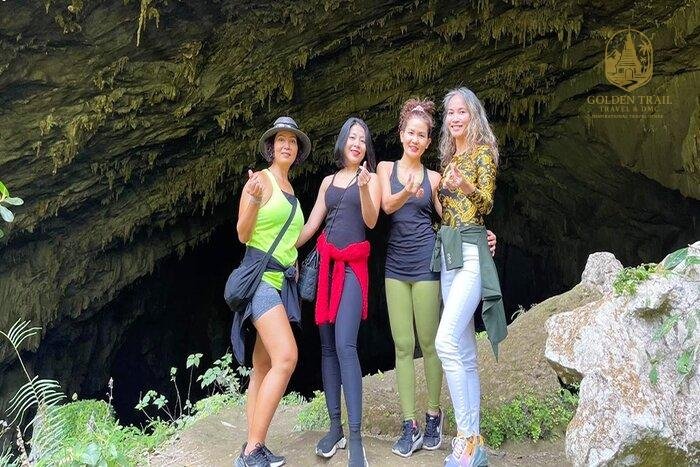
Journey into the heart of Pu Luong to Kho Muong Cave. Trek through stunning landscapes, explore a magnificent bat cave, and experience an authentic adventure. Book your tour with Golden Trail Travel & DMC.
August 29, 2025
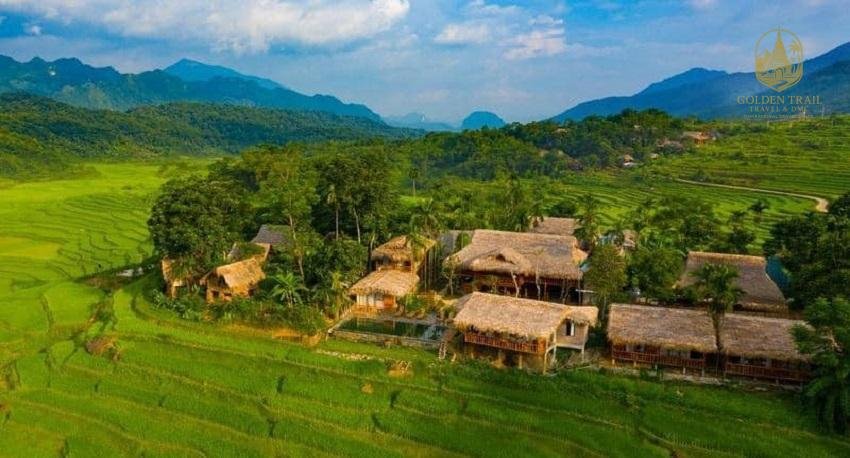
Discover the breathtaking views and authentic culture of Don village in Pu Luong. Trek to its magnificent viewpoints, experience local life, and witness stunning sunrises and sunsets. Book your tour with Golden Trail Travel & DMC.
August 29, 2025

Discover the serene beauty of Hieu village & waterfall. Trek through stunning landscapes, swim in natural pools, and experience authentic local life. Book your adventure with Golden Trail Travel & DMC.
August 29, 2025

Discover the hidden gem of Kho Muong village in Pu Luong. Trek through stunning landscapes, explore a magnificent cave, and experience authentic local life. Book your adventure with Golden Trail Travel & DMC.
August 29, 2025
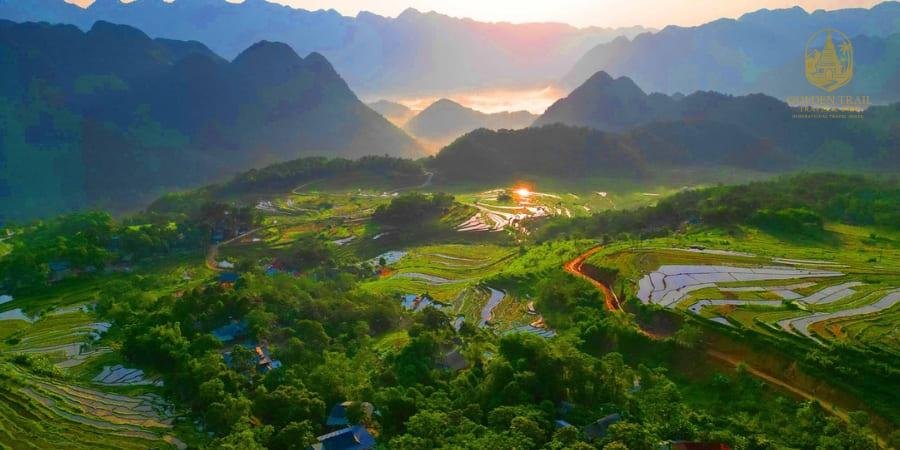
Witness the magic of a Pu Luong sunrise/sunset. Trek to the best viewpoints and experience the breathtaking colors, peace, and natural beauty. Book your Pu Luong tour with Golden Trail Travel & DMC.
August 29, 2025
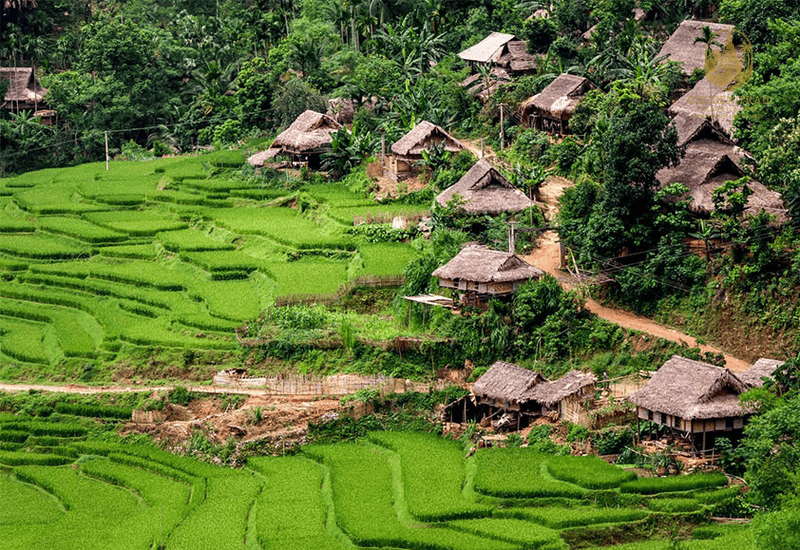
Journey into the soul of Pu Luong. Explore ethnic villages Pu Luong to experience a deep connection with local culture, life, and nature. Book an authentic tour with Golden Trail Travel & DMC.
August 29, 2025
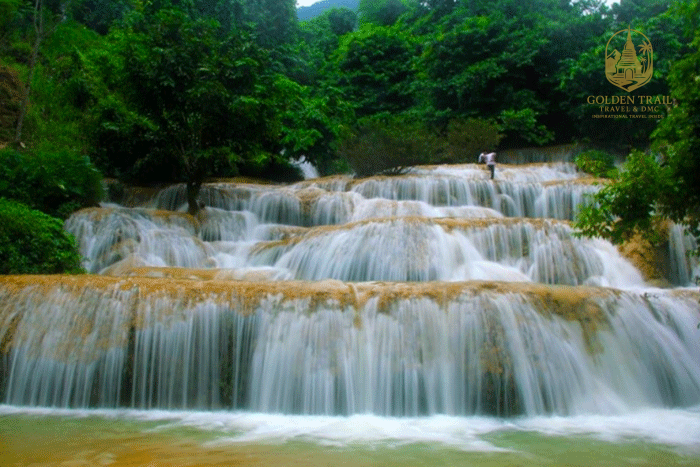
Discover the heart of Pu Luong with a trek to its majestic waterfall. Experience the ultimate journey of peace, conquest, and natural beauty. Book your Pu Luong waterfall tour with Golden Trail Travel & DMC.
August 29, 2025
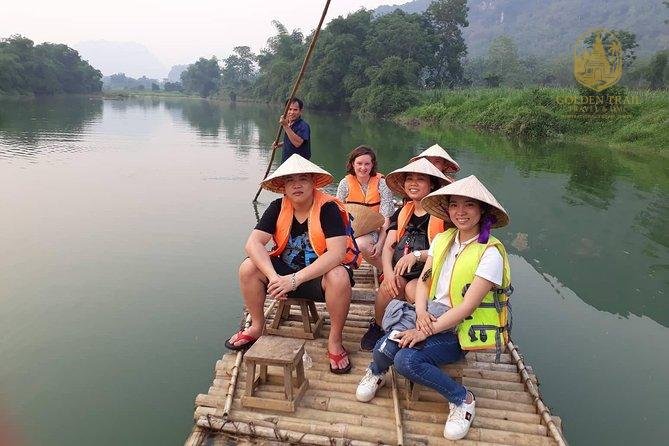
Drift into serenity with bamboo rafting Pu Luong. Discover the tranquility of the Cham Stream, iconic waterwheels, and lush landscapes. Book your unforgettable tour with Golden Trail Travel & DMC.
August 29, 2025